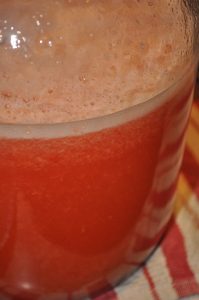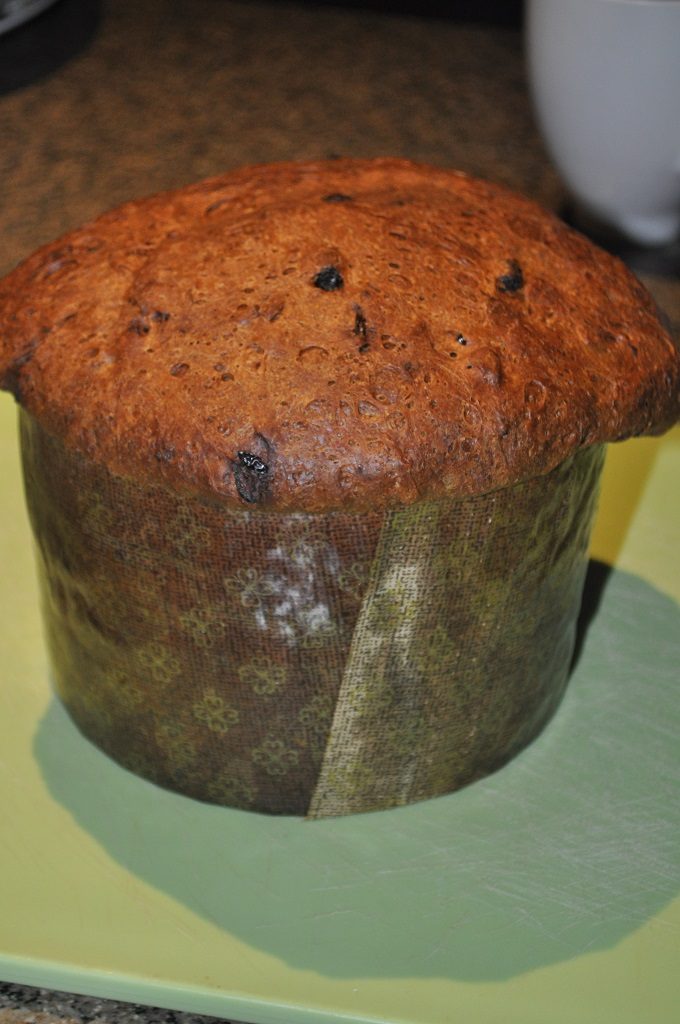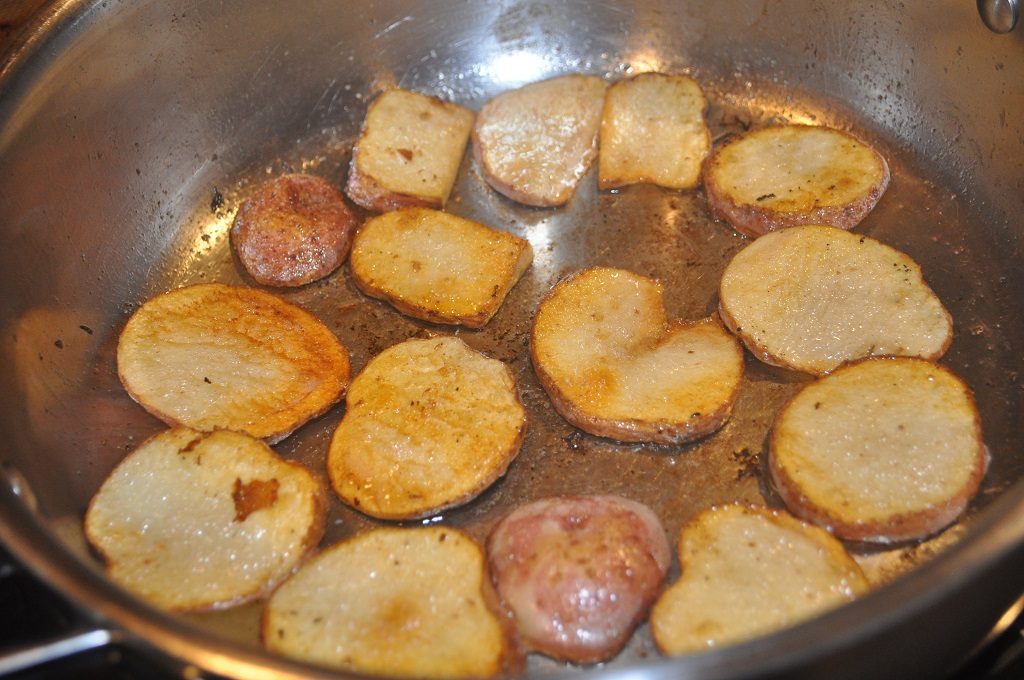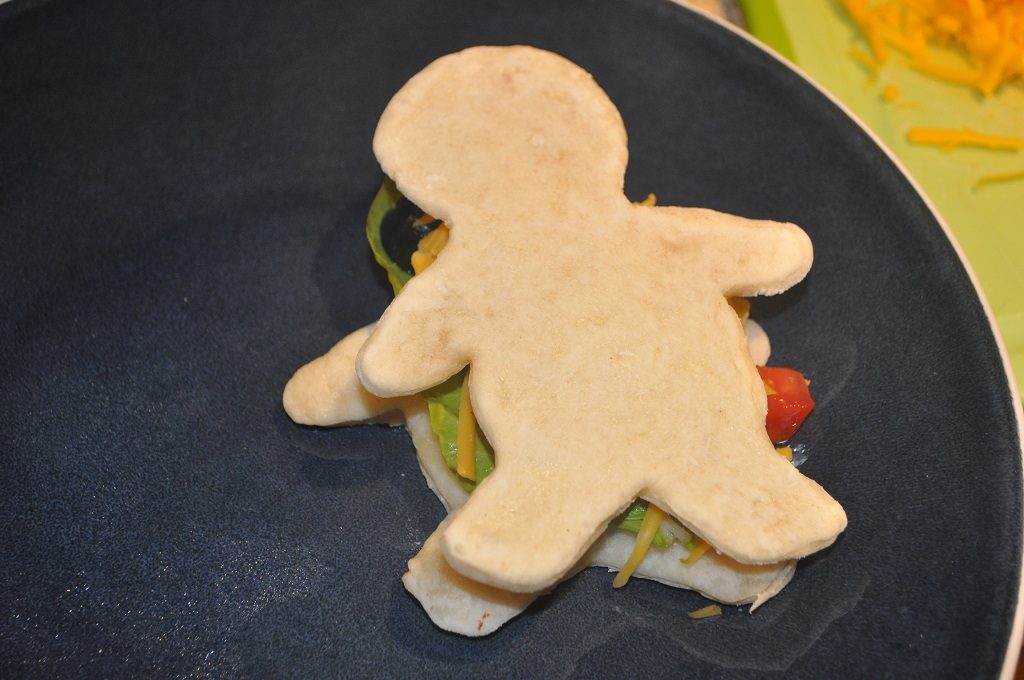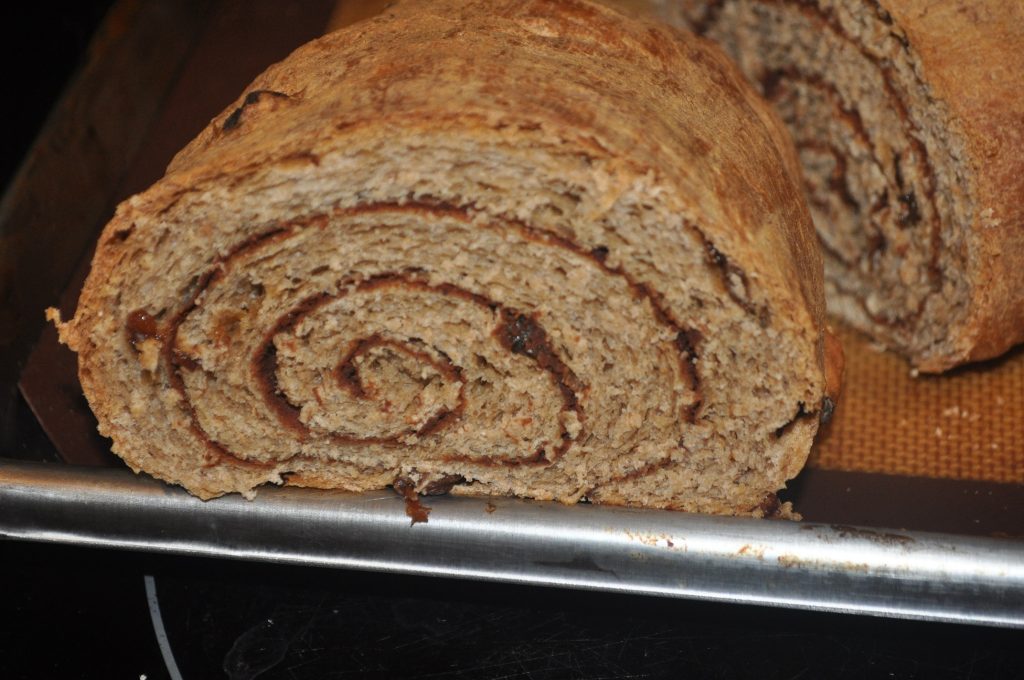Today was Anya’s turn to bring a snack to preschool. She wanted to make apple faces like we made for Halloween last year, but the school has a strict no-nuts policy. Shorter ingredient list — just Fuji apples, fresh strawberries, and unsweetened carob chips. Omitting peanut butter made affixing the carob chips to the apples more challenging. I debated using tahini – apple and sesame goes well together. But that didn’t seem to mesh well with strawberries and carob … so I decided to make little holes to hold the carob chips.
To start out, you need something to prevent the apples from oxidizing after they are cut. Lots of choices – submerging them in plain water, ascorbic acid, citric acid, or honey and water. Just make sure the apples get treated after each cut.
Core each apple. I used a really sharp tournée knife and pared out little eyeball sockets. I used the same knife to pare out a mouth – cut a straight line for the top and a concave curve under the straight line. The curved point of the knife popped the slice out quite nicely.
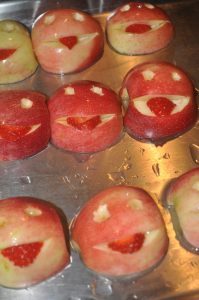
Then drop the carob chips, points down, into the socket. Voila, a tray full of apple faces.

The “juice” I made is strawberry lemonade — almost two pints of strawberries, juice from half a dozen lemons, and eight cups of water. It is sweeter and more strawberry flavored than I usually make, but I wasn’t sure if *lemony* lemonade would be palatable to everyone. I put the strawberries, lemon juice, and two cups of water in the blender and blended until it no longer had chunks. Put four cups of water into the jug, then added the strawberry/lemon puree. Capped, shook, and tasted. Mmmmm! It’s better cold, so we brought a couple of ice packs along – Anya’s owl bag is insulated, so the jug should stay cold.
